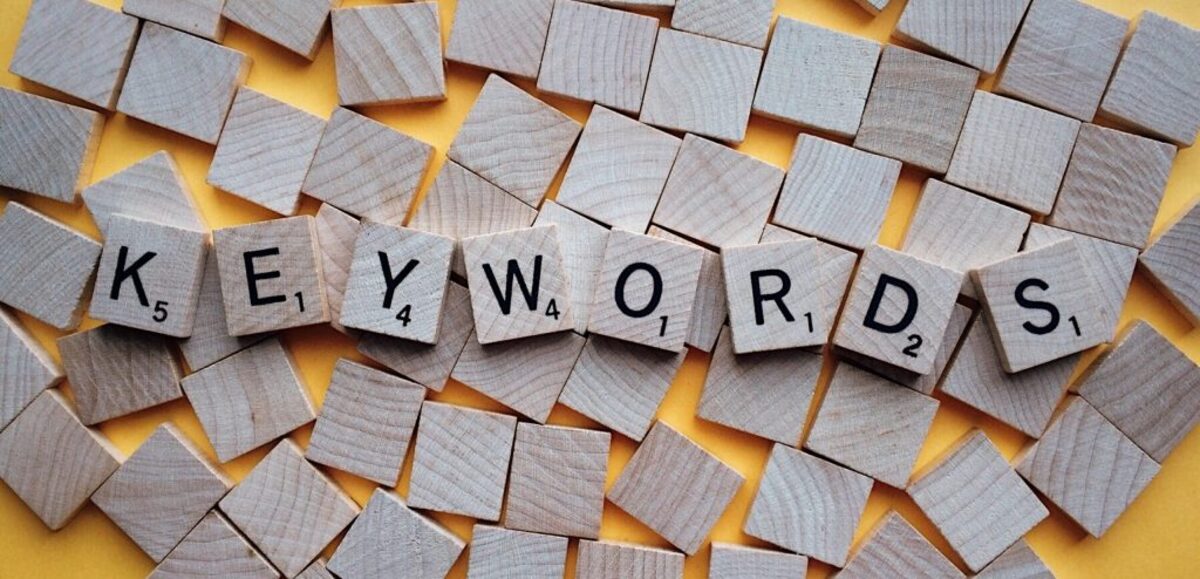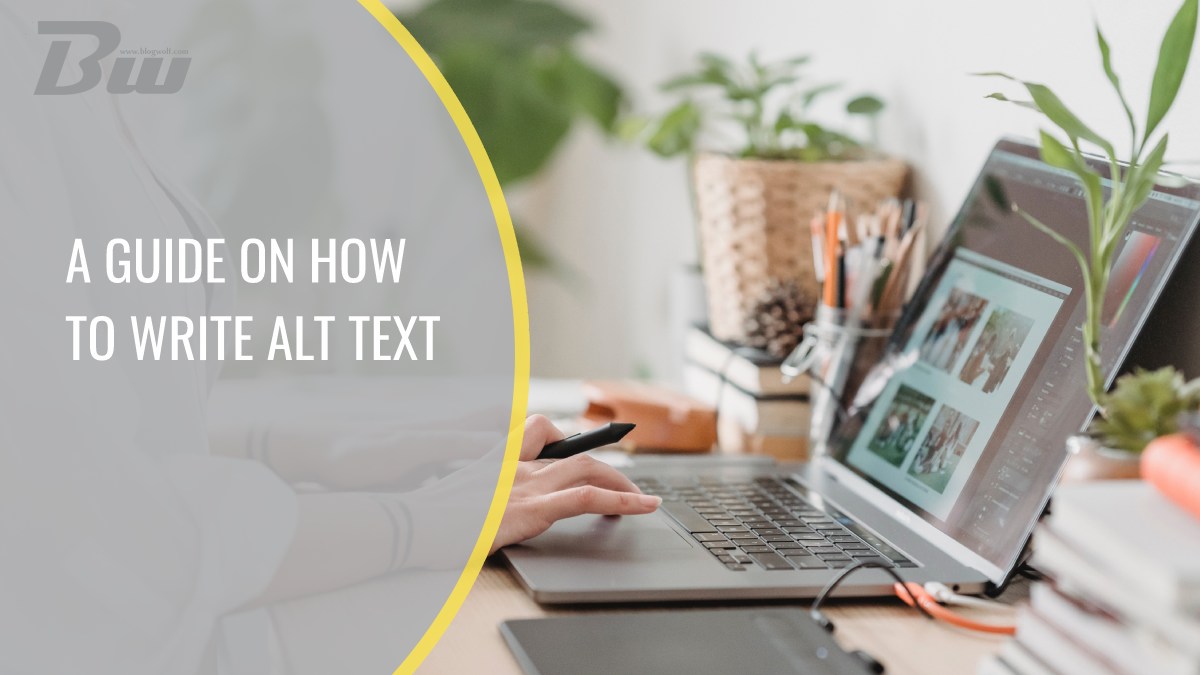Table of Contents
Do you have images on your website? If so, then you need to write down alt-text. Let’s start with the basics. Alt-text is a piece of text written alongside an image. This text helps visually impaired users navigate the website.
When it comes to SEO, it can also help search engines index your graphics. As such, you may want to craft text that’s helpful to both your website and visitors. Need a simple guide on how to write alt-text for images? Here it is.
How to Write Alt-Text 101
Keep It Short and Sweet
Your alt-text should be brief and to the point, without unnecessary words. In addition, a good alt-text should be easy to read and understand, so use simple language and avoid jargon. Finally, make sure that your alt-text accurately describes the image. This will help users know what to expect.
Use Keywords Wisely

By including keywords in your alt-text, you’re helping search engines like Google understand what your images are about. You’re also helping improve the accessibility of your website for people who are blind or have impaired vision.
However, it is important not to overdo it with the keywords. A good rule of thumb is to keep the keywords relevant to the image. Don’t just describe the image, but describe what the image is about in relation to the rest of the page.
For example, if you have an image of a dog on a page about pets, you might include the keyword “dog” in the alt-text. This will help search engines understand the context of the image and match it with relevant searches.
Be Creative
This means thinking outside the box and coming up with new and interesting ideas. There are no rules when it comes to writing alt-text, so you can let your imagination run wild. Creativity is key when writing alt-text, so don’t be afraid to be original. This resource from The HOTH will help you use effective visuals and words on your web pages.
Use Common Sense
If you want your alt-text to be read and understood, use common sense. It might sound basic, but some do it the complicated way. Write it as if you were explaining the image to someone who can’t see it. Be thorough but concise. And don’t forget to proofread!
Use Natural Language
This means using clear, easy-to-understand language that everyone can understand. Avoid jargon and technical terms that not everyone will know. You should also make sure your alt-text is descriptive and helpful. This is for people to know what the image is and why it’s there.
Don’t cram too many keywords in, as this will make your alt-text sound unnatural. Instead, focus on writing natural-sounding alt-text that accurately describes the image.
Writing Alt-Text Effectively
There are many benefits to writing quality alt-text, including improving accessibility and helping search engines properly index an image. This also includes creating a better overall user experience.
By following this quick guide on how to write alt-text, you can improve the quality of your alt-text and make your site more user-friendly. Want to learn more? Check out more articles on our blog!


